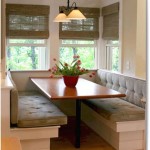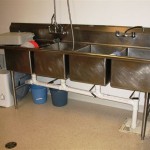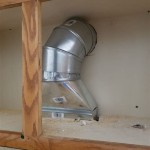Linoleum flooring is a popular choice for kitchen floors due to its durability, affordability, and attractive appearance. Not only is it easy to install and maintain, but its water-resistant qualities make it an ideal choice for kitchens. If you’re considering installing linoleum flooring in your kitchen, this guide will provide you with all the information you need to make an informed decision.
Types of Linoleum Flooring
Linoleum flooring comes in a variety of colors, patterns, and textures. Traditional linoleum is made from linseed oil, wood flour, cork dust, and pigments, while modern linoleum is made from renewable materials including recycled wood and recycled rubber. The most popular type of linoleum flooring is vinyl, which is a synthetic material that is more durable and easier to maintain than traditional linoleum.
Advantages of Linoleum Flooring in the Kitchen
Linoleum flooring is an ideal choice for kitchen floors due to its durability and water-resistant properties. It is also easy to clean and maintain, which makes it ideal for busy kitchens. The material is also hypoallergenic, which makes it an ideal choice for those with allergies. Finally, linoleum flooring is available in a variety of colors, patterns, and textures, so you can find the perfect look for your kitchen.
Disadvantages of Linoleum Flooring in the Kitchen
Linoleum flooring can be prone to scratching and fading over time. In addition, linoleum flooring can be damaged by standing water or excessive moisture. To avoid this, it is important to make sure that spills are cleaned up promptly and that there is no standing water on the floor. Finally, linoleum flooring can be slippery, so it is important to use non-slip rugs or mats in areas where you are likely to be walking.
Installing Linoleum Flooring in the Kitchen
Installing linoleum flooring in the kitchen is a relatively simple process. First, you will need to prepare the subfloor and make sure that it is level. Once the subfloor is prepared, you can lay the linoleum flooring, making sure to use a good-quality adhesive to ensure that it is securely attached to the subfloor. Finally, you will need to seal the edges with a caulking or sealant. This will ensure that the floor is water-resistant and will prevent water from seeping underneath the flooring.
Caring for Linoleum Flooring in the Kitchen
Caring for linoleum flooring in the kitchen is simple and straightforward. Regular sweeping and vacuuming will help to keep the floor free from dirt and dust. Spills should be wiped up immediately, and the floor should be mopped regularly with a mild detergent or a specialized linoleum floor cleaner. It is also important to seal the floor periodically to protect it from water damage.











/Linoleum-Floors-8-56a2fdff5f9b58b7d0d002a3.jpg)



Related Posts








